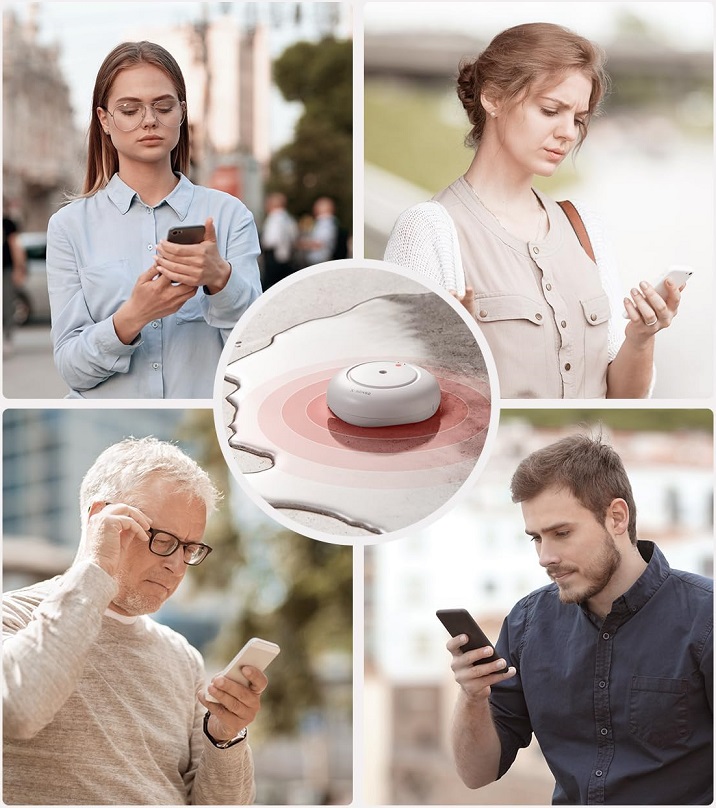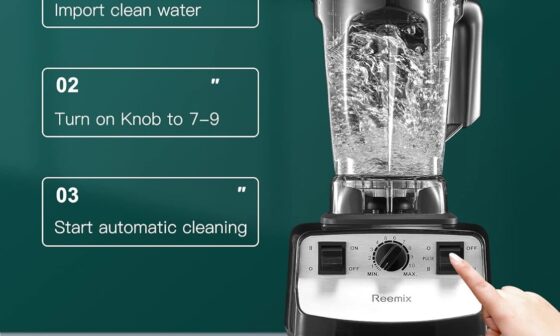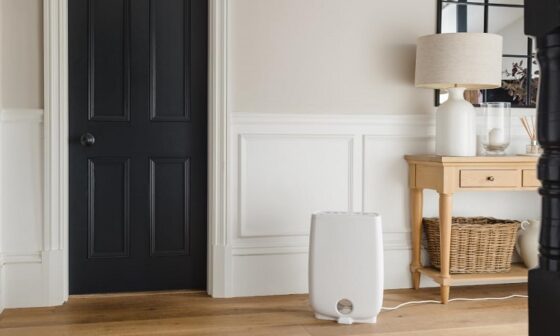A smart water leak detector might not be the flashiest bit of tech, but it can save you a fortune in the long run. A small leak under the sink or behind the washing machine is easy to miss until it turns into a soggy nightmare. These clever little devices keep an eye on things for you and give you a heads-up before damage gets out of hand. In the next section, you’ll find a carefully chosen range of models that stand out for their reliability, ease of use, and smart features that actually make life simpler.
1

Exceptional
X-Sense Wi-Fi Water Leak Detector Kit
What We Like
2

Exceptional
SwitchBot WiFi Water Leak Detector with Cable
What We Like
Are smart water leak detectors really worth it?
If you’ve ever had to deal with a leak, you already know the mess it creates. A good detector won’t fix the problem on its own, but it’ll give you enough notice to limit the damage. Even a small leak under the sink can rot the cupboard base in days. These detectors are a low-cost way to get peace of mind.
How Smart Water Leak Detectors Work
Most smart water leak detectors use moisture sensors to spot leaks. As soon as they detect water where it shouldn’t be, they send an alert straight to your phone or home hub. Some models use Wi-Fi, while others connect through smart home systems like Alexa or Google Home.
Some also monitor humidity and temperature, which can help spot slow leaks or warn about pipe freezing. A few higher-end ones even shut off your water supply automatically.
Placement Matters More Than You Think
Putting the detector in the right place makes all the difference. Popular spots include:
-
Under sinks
-
Behind washing machines
-
Near boilers
-
Around water tanks
-
Under dishwashers or fridges with water dispensers
Don’t just place one and call it done. If your home has multiple water zones, it’s better to get a pack with several sensors or one that supports extra cables and extensions.
Smart Alerts and App Control
Most smart leak detectors send alerts via app notifications, texts, or emails. Some also beep or flash when they detect water. If you’re not home, having that mobile alert could save you a huge repair bill.
Apps usually show battery status, connection info, and event history. Some also allow you to customise the sensitivity of the sensors. If you’re using a smart home hub, you might even be able to set up automation, like switching off a valve or triggering an alarm.
Can I install one myself?
Yes, most are just plug-and-play. You usually put the detector flat on the floor or attach it with a bit of adhesive. Setup involves connecting it to your app, which usually takes under five minutes. If you’re adding an auto-shutoff valve, you might want a plumber, but for the sensors alone, DIY is perfectly fine.


